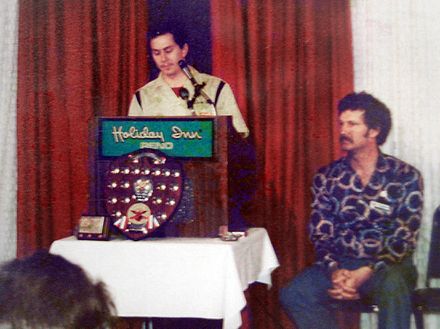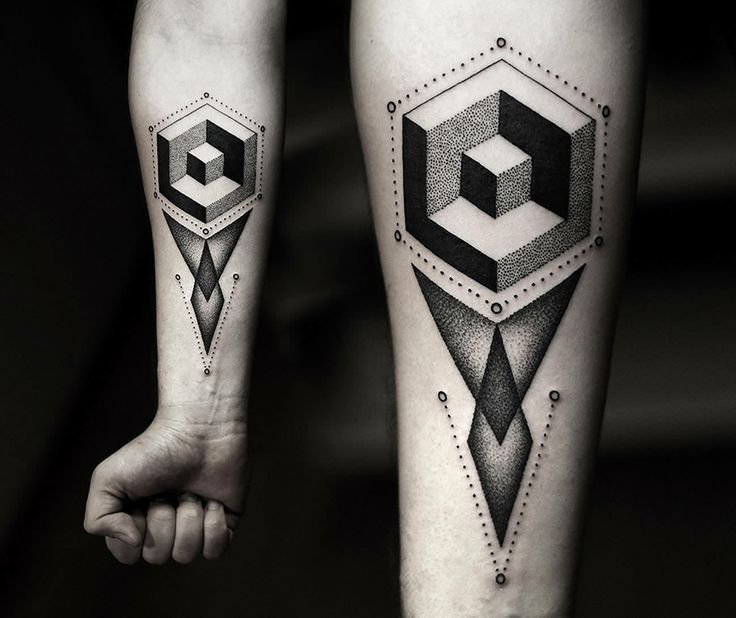General trends of mainstream tattooing transformation into contemporary tattoo as we know it today were developing exactly in the same time when Don Ed Hardy was introducing his revolutionary innovations.

Hardy’s focus on educational work among the new clientele gave its fruits and as more and more people started to wear tattoos openly, more and more people began to consider the craft of tattooing as worth practicing.
Basically age-class change of the clientele caused age-class change of service providers, newly born tattooists were coming into the profession from completely different fields as of fine arts. Before 1980s tattooers were mainly approaching the craft with schooling of older colleagues that was supporting certain continuity in methods, techniques and designs, however after this “paradigm shift” young artists were practicing professional development based on the experience of their own trial and error method.
This completely new approach forced tattooers to find new sources of inspiration; they became the tribal tattoo motives of indigenous peoples of Pacific (Maori, Borneo etc.) which apart from popularizing tribal style of the tattoo provided the influence of destigmatizing of contemporary tattoo (DeMello 2007). This was explained by the fact that these new styles were inspired by ancient cultures where tattoo has never had negative connotation and always performed purely positive function and meaning.
Surprisingly this approach worked well and supported by the development of social movements of the 70s, that all needed a common symbolic ground to stand on and were saturated with rebel spirit, burst out with the variety of styles and design trends. In this period of reformation tattoo design underwent serious changes.
Probably inspired by Don Ed Hardy’s one-off designs that were designed for each client on custom basis, tattooers of the new age who had training in arts and possessed a high level of creativity abandoned the oldschool procedure when each client could walk into the shop and choose his design from those that were on the wall and mainly were standardized “in loving memory of” pieces.
Instead of that, they applied personalized approach to each client with scrupulous tattoo design development and usage of different artistic techniques and often encouragement of the client to contribute into the process of design creation.
Since the 1980s tattoo culture have suffered a rapid thus painful splash of styles like oldschool or traditional, newschool, Japanese, biomechanical, thrash-polka, punk and others, that though made their contribution in spreading of contemporary tattoo into different social and aesthetic consumption layers, however in a way created a gap between these consumers, once consisted of sailors exclusively. Interestingly, the tattoo stage of 2015 can be fairly called traditional tattoo dominated.
The number of tattoo artists working in oldschool style rises exponentially. The only and indeed important difference between olschool tattoo artist of 1915 and 2015 is one established in 1975 – the approach prescribing custom attitude to each work
